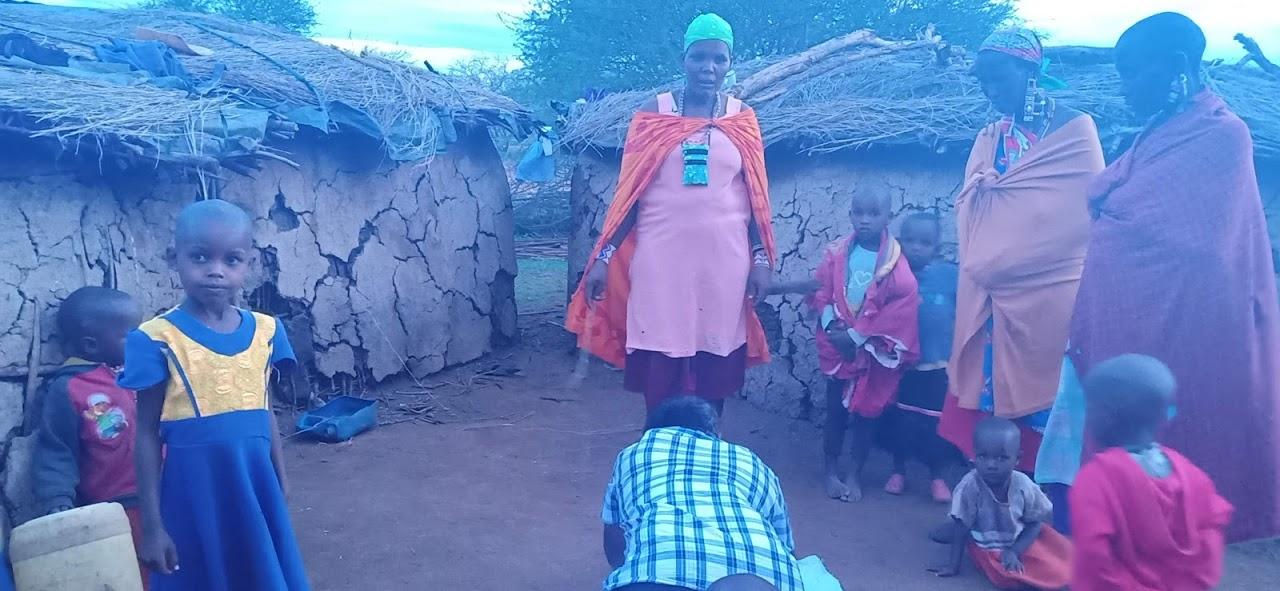
Publicado el
Actualizado por última vez en
As part of the “Connecting the Unconnected: Supporting community networks and other community-based connectivity initiatives” project, 12 community network organisations (four in Africa, four in Asia and four in Latin America) were selected and granted funding towards activities that create and foster a peer learning community. Over the coming weeks we will be sharing stories from the members of this peer community about local impacts of the work they carried out with the help of this funding. Today’s story was shared by Servelots of India.
Humans are the animals who tell stories. We share information and ideas within and among communities. We talk to each other – and we always have. Over millennia, we have enlisted technologies to assist in this basic desire to communicate. Published writing, sound recording, and most recently video are common manifestations of the same elemental impulse to speak and be heard – and to listen to what others have to say. The internet and new telecommunication technologies have proven to be quickly adopted platforms that amplify and democratise these media. Once we see these platforms within the context of this natural continuity, we wish technology to help with recall and speed where people experience:
Talking as a way to publish
Listening as a way to discover
Storytelling as a way to nourish
Seeing as a way to socialise
Interaction as a way to livelihoods
Making as a way of self-determination
Re-narration as a way to interconnect
Creativity as a way to be responsive.
We fully expect that the development of tools in support of meaningful non-literate participation will provide traction for other underserved populations – for example, the elderly, or perhaps people who don’t fit neatly into a recognised category or cohort – to begin to engage constructively in this essential platform of social, cultural and intellectual communication. Inclusivity breeds inclusivity.
Community mesh radio is deployed typically for connectivity and information sharing among two under-recognised cohorts of the digital divide: non-literate people, and girls and young women.
As the Servelots representatives in the learning grant peer community, Girish, our radio-is-the-way person, and Shalini, our full-stack-tech-to-accounts person, got introduced to the larger peer-learning network and APC community at the Connecting the Unconnected project inception meeting in Nairobi, Kenya. The experience was an exciting one for various reasons: travelling out of the country for the first time, combined with having to travel with radio technology demo equipment across borders; learning about the community radio ecosystem and gender relations in Africa; and above all, sharing sessions with so many like-minded people from across the global South. Shalini was particularly happy with the many women in tech-related work that she got to meet; for Girish, the high point was venturing out to introduce radio and biocultural protocols to some pastoral communities in Kenya.
As women in a community “publish” their stories through audio recordings to their neighbours, and observe that other such “audio publications” are available online for storytelling and sharing, we attempt to make these tools accessible and familiar by demystifying the technology for underexposed communities.

Girish and women in a Kenyan village “recording a publication” for us.
The worldwide network of peers and friends are invaluable as we work outside the for-profit marketplace that has mostly consumed internet platforms and appropriated and commodified content. We get to reach out within their networks, to bring a broader range of devices, services, technical resources, and community assets to the development of decentralised mesh contexts.
At the same time, the peer networking activity in India made possible by the project has helped us discover new friends and collaborators as we work with scarce resources, newer technologies and an expansive need.

Girish and Shalini with Sarbani and Ramprasad, representatives of the Gram Marg Rural Broadband project, another Connecting the Unconnecting learning grant peer community initiative in India.
For some of us, the most enriching experiences have been our visits that stimulate meaningful participation within the local ecosystem. With this story now, as we appreciate that the instantaneous, global reach of the internet is perhaps its most spectacular achievement of communications technology, these visits and tools help to connect locally and to engage deeply at a relatively small scale, where we reinforce our thesis of the enormous need for self-determination and decentralisation as the way forward for the web.
Main photo: The "backpack radio" designed by Servelots that Girish carried with him on his travels, in this case modelled by Ramya of Namma School Radio at the iruWay rural research lab in Durgadahalli, India.
Don't miss the rest of the stories!


